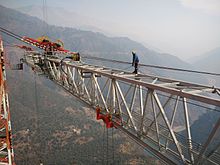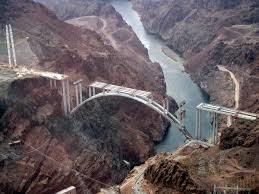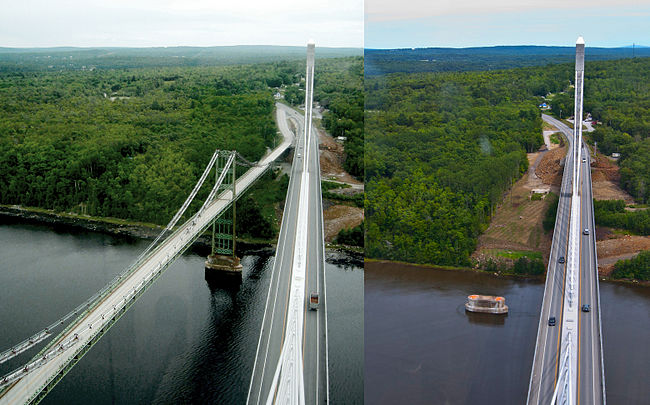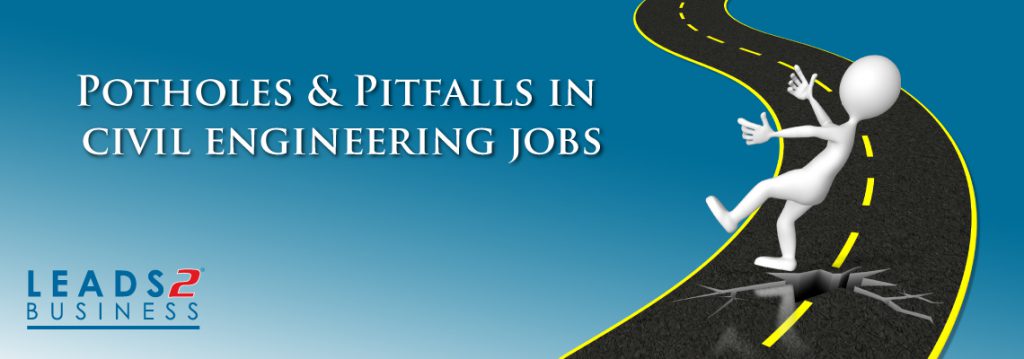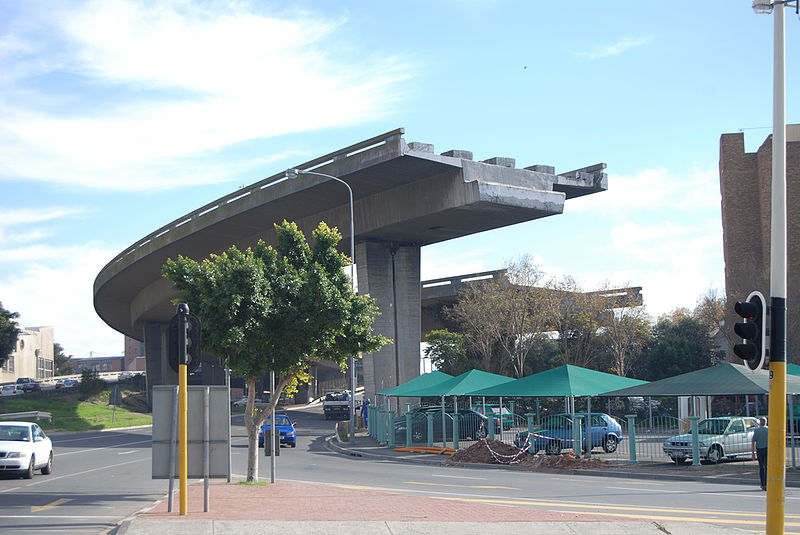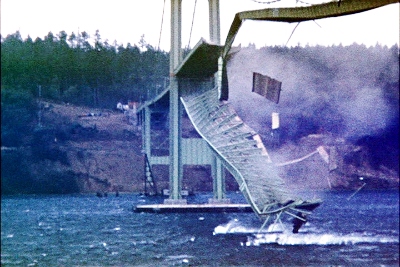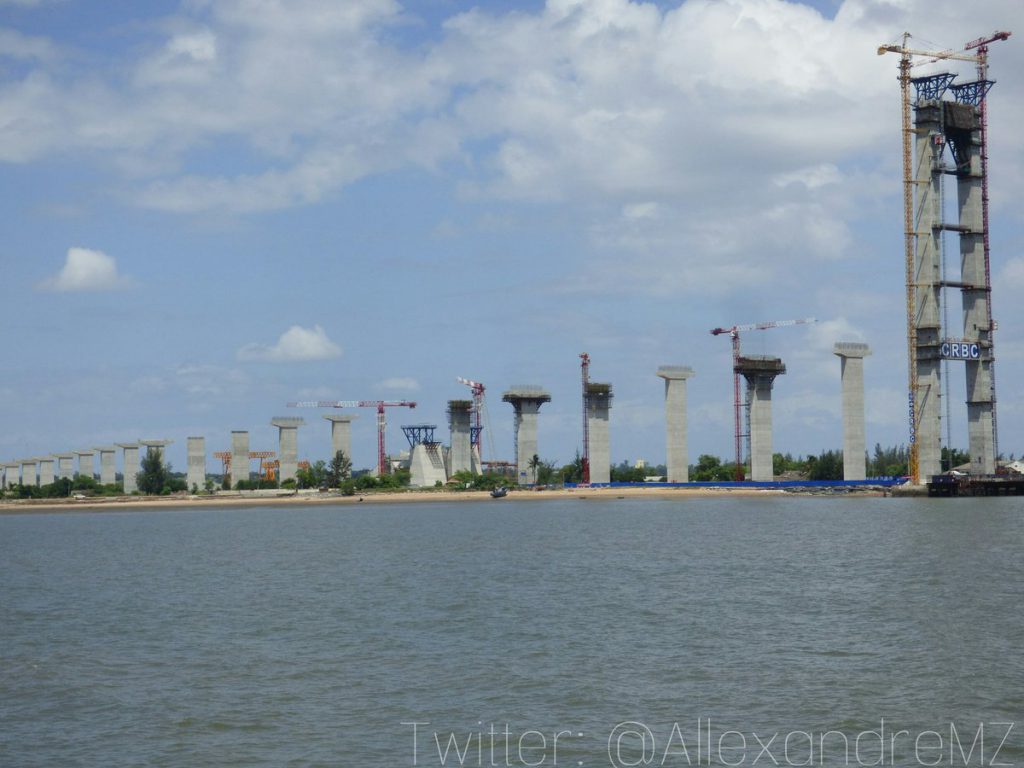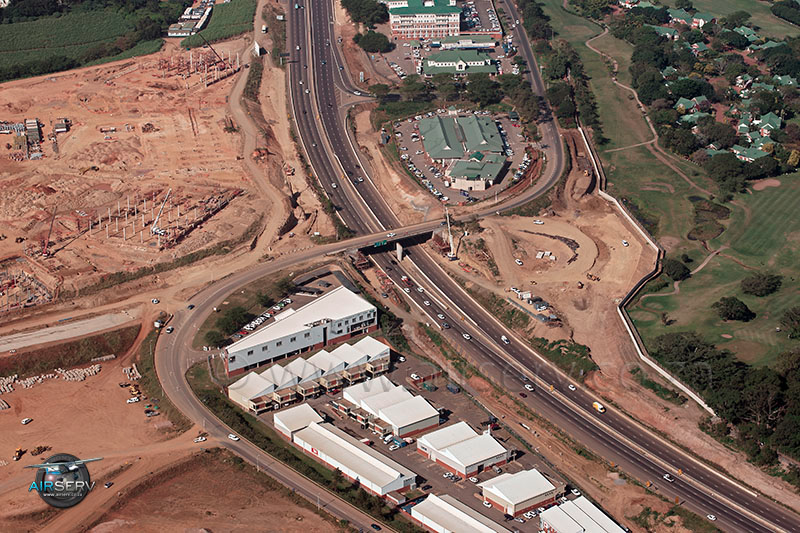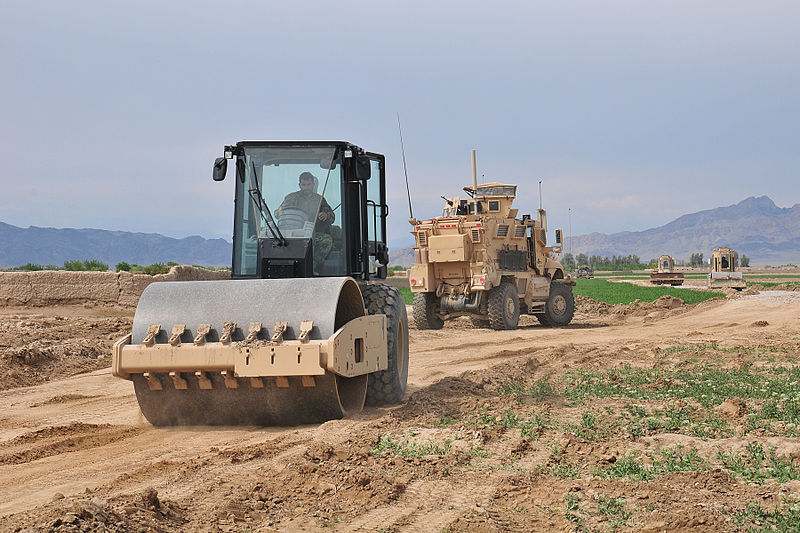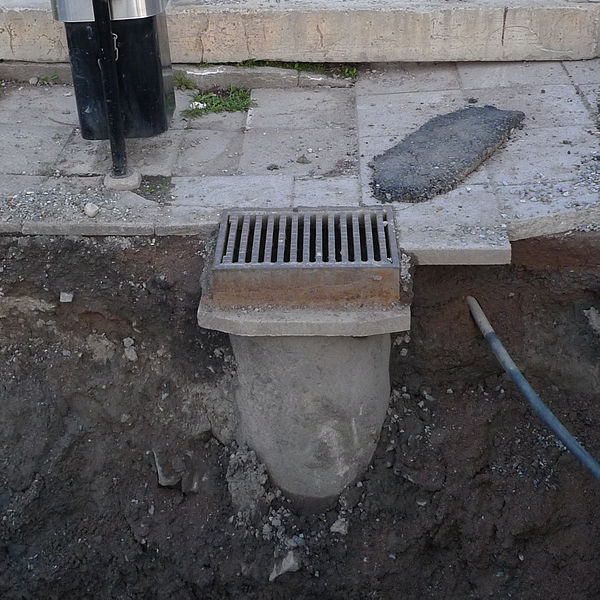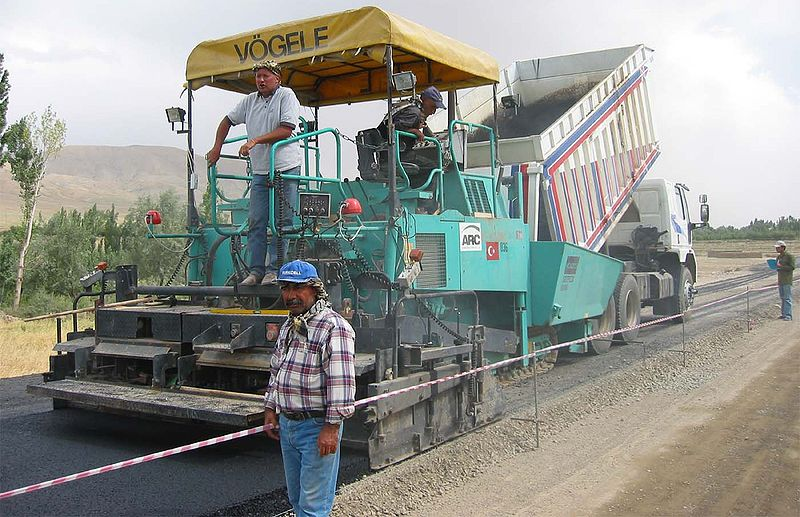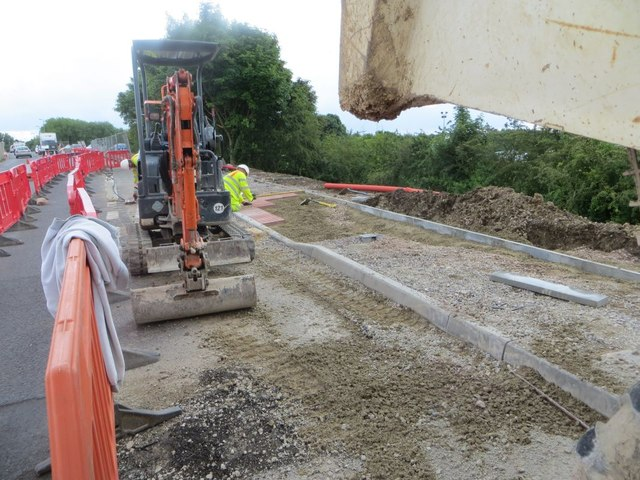Exploring New Ideas in the Role of the Project Manager

If you are involved in the construction industry you have most likely come into contact with a Project Manager (hereafter referred to as a PM) or heard of one mentioned in the process of developments and particularly larger developments.
Certainly in Leads 2 Business’ Projects Department PM’s are one of the most common professionals we deal with. The reason for this, is their role within construction projects.
So, what does a PM actually do? It would seem rather obvious right, they manage the project? But nothing is ever as simple as it seems. PM’s actually do a whole host of duties.
Some of which include: planning, organising, controlling, communicating, executing, reports, programs, advice, analysis, resource control, health and safety, budgets, administration and handover.
All of these duties are done ensure that the project runs successfully thus lowering the risks while meeting all of the objectives timeously to ensure completion which effects the profitability of the project.
So, when do new ideas come into the picture? What new ideas would PM’s have to explore in todays construction industry?
To be honest, I was at a loss when pondering this question, after all I’m not a PM and it’s not a role one easily assumes to answer. So I emailed a few PM’s to get some feedback on ideas that they might want to put out there… but still no luck, probably snowed under with work given our economic environment. I scoured the Internet and there didn’t seem to be any publications or news out there for new ideas when it comes to PM’s until I happened on some LinkedIn Posts. Phew!
This may not be a new idea but how about technology, either using existing tech and / or molding it to PM’s requirements, partnering with IT and creating PM specific tech or even sharing your tech tricks with other PM’s? For example: Ahmed H. Emam, PMP writes “Detect and Fix Dangling Activities in Time Schedule using Excel Macro.” https://www.linkedin.com/pulse/detect-fix-dangling-activities-time-schedule-using-excel-pmp
Using tech could make PM’s jobs easier but some seem to think that PM’s might be replaced in the future by Tech/Bots. As Oliver Yarbrough, M.S., PMP illustrates in “Can a Robot Do Your Job? Here’s “How Project Managers Can Survive a Takeover.” https://www.linkedin.com/pulse/can-robot-do-your-job-heres-how-project-managers-oliver
There are some things that tech, no matter how advanced it gets, cannot replace. Oliver suggests to focus on the following skills in order to stand out: “Leadership, Diplomacy, Negotiating, Public Speaking, Emotional Intelligence, Communication (verbal and nonverbal)” and instead of fighting tech, work with it to enhance your service delivery.
Another thought also came to mind: what is one of the key aspects that I think of when I think of a PM? It would have to be communication. So, what new idea would make communication more effective? What about a platform where all the schedules, notes, admin, planning and analysis can be seen by all the professionals involved in a specific project? Where each person can make notes or get alerts thus avoiding confusion, emails back and forth, potential loss of material, and saving time, something like Google Sheets for PM’s? Does this already exist? It’s possible… calling all PM’s out there, let us know! Perhaps I need to patent this idea.
After all, we all know that communication is key whether you are a PM or not. Another useful tool to facilitate communication and interaction between professionals and all other contacts which fall within the scope of projects is to use L2B (Leads 2 Business). If you are looking to get involved in the different aspects of construction, information is our business. We encourage communication, new ideas and growth in order to build and establish business.
If any of the above sparks your interest leave a Comment below or or Contact me on SashaA@L2B.co.za
Source:
http://profica.com/Project-Management
About Sasha Anderson
Millennial Mom + wife living the hash-tag life. Remember: If You Fail - Fail Forward
- Web |
- More Posts(258)





